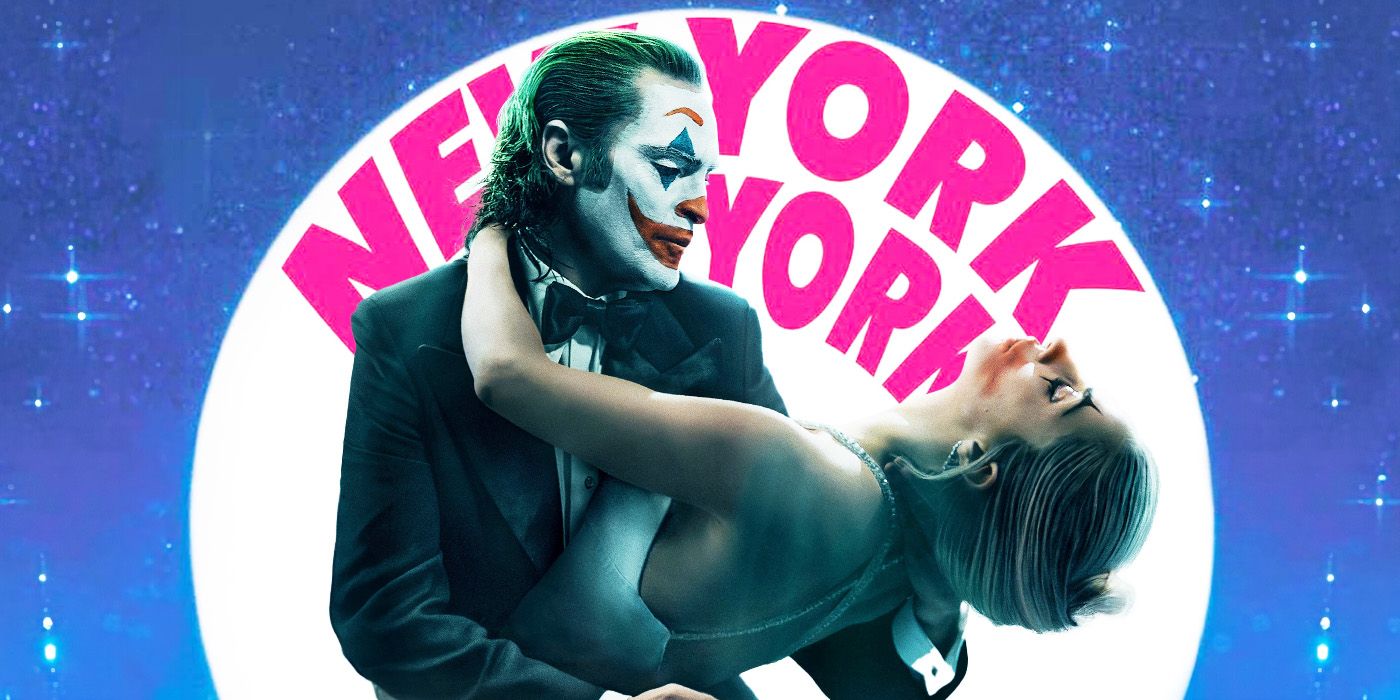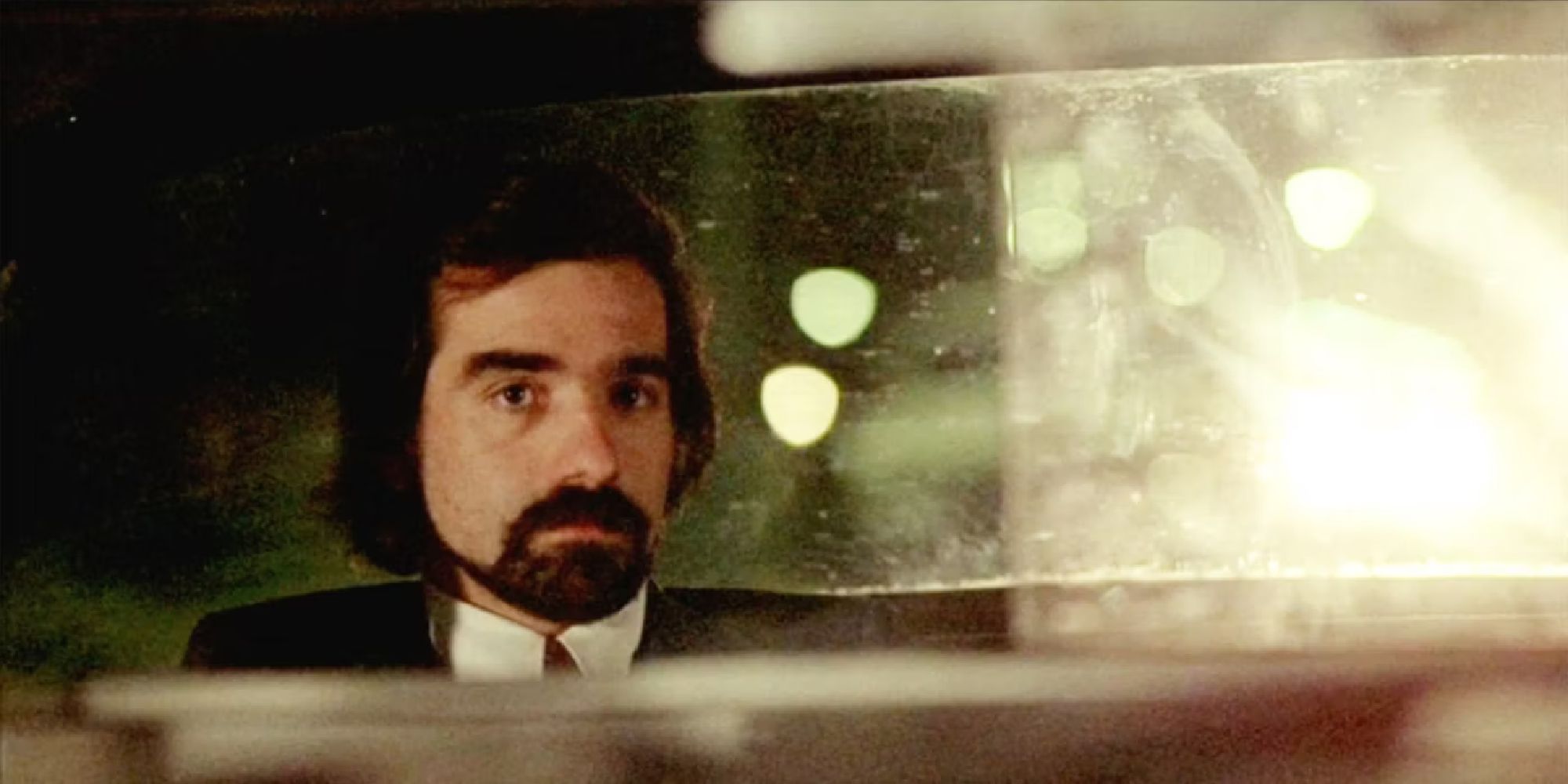The Big Picture
-
Taxi Driver
‘s climactic shootout led to an X-rating, challenging Scorsese to avoid mainstream commercial censorship. - Scorsese smartly desaturated blood in the scene to avoid X-rating, honoring his creative vision.
- Martin Scorsese has evolved as a filmmaker, but remains as dedicated to his craft as ever.
Despite its cultural ubiquity and status as a canonized classic, Taxi Driver remains an eerie, perverse, and sinister portrait of a disillusioned man on the brink of self-destruction. It speaks to Martin Scorsese‘s prowess as a director that he elevated something this bleak and unsettling into the mainstream. With a script by Paul Schrader, whose psychological despair at the time was embodied by Travis Bickle (Robert De Niro), audiences and rating boards did not take Taxi Driver‘s subject and tone lightly. According to the MPAA rating board, the first cut of Scorsese’s film did not warrant mainstream commercial treatment, as they initially gave Taxi Driver an X-rating due to its climactic shootout containing pools of blood and shot-off fingers. Scorsese, resembling Travis himself by psychologically deteriorating at the prospect of re-cutting his film, thought of an ingenious way to avoid the taboo X-rating and maintain creative autonomy.
Taxi Driver
A mentally unstable veteran works as a nighttime taxi driver in New York City, where the perceived decadence and sleaze fuels his urge for violent action.
- Release Date
- February 9, 1976
- Director
- Martin Scorsese
- Runtime
- 113 minutes
‘Taxi Driver’ Pushed the Boundaries of Cinematic Storytelling
Everyone knows the ins and outs of Taxi Driver, from the iconography of its anti-hero, the iconic “You talkin’ to me?” line, and the nightmarish visual aesthetic created by Scorsese and acclaimed cinematographer Michael Chapman. The film, centering around a lonely insomniac who drives a taxi cab as his frustrations with society simmer into a violent rampage, announced Scorsese as one of the premiere filmmakers of his generation. This gritty and hallucinogenic look at New York City is one of the definitive films of New Hollywood, the genre that subverted Hollywood’s expectations forever. However, Taxi Driver was nearly forever jeopardized by the ratings board, which almost sent the film down the vortex of X-rated content.
Not only is Steven Spielberg a contemporary of Scorsese, but they are close friends who have been through the thick of it together, and in no instance was Spielberg’s support needed more than during the post-production of Taxi Driver. Hosting a Q&A for the Director’s Guild of America in 2016, Scorsese and Spielberg sat down for a riveting conversation about filmmaking and their equally legendary careers. In the middle of the conversation, Spielberg, much to Scorsese’s dismay, recalls a story of when the Taxi Driver director threatened to go to extreme measures to avoid studio interference. The reason for Scorsese’s outrage? The MPAA reviewed the movie and flagged the climactic shootout, where a shaved-headed Travis crashes into the brothel where Iris (Jodie Foster) works and blows away pimps and clients in a bloody rampage.
The Studio Demanded Martin Scorsese Change ‘Taxi Driver’s Shootout Scene
Out of context with the rest of the film, Spielberg was invited to watch the shootout sequence by Scorsese, who was editing the picture with Marica Lucas, then wife of George Lucas. A “gobsmacked” Spielberg thought the scene was “astonishing,” but Scorsese was in no mood to celebrate, but instead, looked for solace from his friend. He told him that the studio, Columbia, ordered him to cut the scene or drastically alter it to avoid receiving an X-rating from the MPAA. During the ’70s, X-rated midnight movies by John Waters became cult sensations, and even pornographic films crept into the mainstream with an influx of independent theaters dedicated to showing adult pictures. Still, an X-rating (now an NC-17 rating) is generally understood as a death sentence to a film’s box office potential, as the major theaters refuse to screen them.
“Marty could work himself up on those days,” Spielberg told the DGA audience, as he described Scorsese frantically counting all the shots that needed to be cut to satisfy Columbia’s demands. Spielberg facetiously recalled that Scorsese was so apoplectic that he was “plotting murder” against executives at the studio. Amid his hostility and indignance, Scorsese conceived of an ingenious trick to tone down the gruesome effect of the scene: desaturated blood. To the naked eye, burgundy-shaded blood isn’t as graphic as candy apple blood. Without having to cut a single shot, Scorsese successfully knocked Taxi Driver down to an R-rating, all because he desaturated the color of the copious amount of blood in the scene. Scorsese, being the ultimate cinephile, cribbed this technique from John Huston‘s screen adaptation of Moby Dick from 1956. The desaturation effect gave the film a new grainy visual aesthetic, which inspired the director to add grain to other scenes in the picture.
Quentin Tarantino Fueled the Legend of Martin Scorsese’s ‘Taxi Driver’ Edit
New Hollywood, the filmmaking class of the 1970s, including Scorsese, Spielberg, Francis Ford Coppola, and Brian De Palma, who brought a film-school-savvy approach to making bleak and provocative films, is full of myth and legend-making. The storied collection of figures of the period has inspired books and the next generation of directors like Quentin Tarantino to romanticize stories like the last-minute Taxi Driver edit. Sharing the story while presenting a screening of Taxi Driver, Tarantino, who is arguably as good as a raconteur as he is a filmmaker, amplifies the stakes of this urban legend, alleging that Scorsese “stayed up all night drinking with a loaded gun,” intending to shoot the executive at Columbia who demanded alterations to the shootout. Tarantino cited that Scorsese’s friends who consoled him realized that night the extent of how committed he was to the art of filmmaking. As a writer-director who prefers cinematic grandeur compared to grounded realism, Tarantino admits to siding with the legend, but Spielberg and Scorsese’s Q&A is more likely rooted in reality.

Related
If ‘The King of Comedy’ Inspired ‘Joker,’ Is This Other Scorsese Movie Inspiring the Sequel?
Joker on Broadway?
If Tarantino’s interpretation of Taxi Driver‘s rating controversy proved anything, it’s that the film was much more of a personal expression of Martin Scorsese than we realize. The world will never know if Scorsese actually went full-on insomniac and flirted with violence, but the director’s haunted nature and substance abuse during the ’70s is well-documented. Scorsese evolving into the lovable, elderly guardian of cinema who stars in his daughter’s TikTok videos was unforeseen in any of his interviews from the ’70s. Perhaps, after embodying the self-destructive and intense artist in his 30s, his hardships all paid off. Today, Scorsese receives a high level of creative freedom from major studios, who let him spend $200 million on bleak 3-hour dramas about the decay of humanity and America. Today, the likes of Netflix and Apple know they are blessed to have a master like Scorsese working under them. No studio would demand Scorsese to make even the most minor alterations to the climactic scene in Taxi Driver. If the legend holds any validity, then, for the betterment of Scorsese’s health, they ought to let him edit his movie in peace.
Taxi Driver is available to stream on Prime Video in the U.S.
Watch on Prime Video





